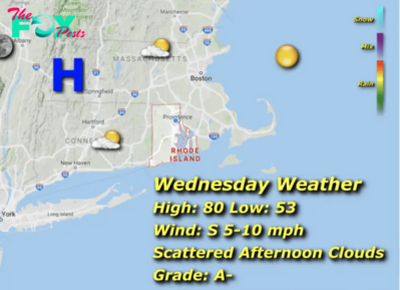Lifestyle
A Greener View: Can trees be male or female – Jeff Rugg
by Jeff Rugg, contributing writer
Q: A coworker said that her allergies were acting up because there were so many male trees blooming. I didn’t think there were male and female trees. I don’t remember what I learned in botany class. Are there male and female trees?
A: There are some tree species with separate male and female plants, but most trees have both male and female parts in every flower. I am not going to repeat your botany class, but here are some simple terms you need to know. Angiosperm plants are the large flowering plants, and gymnosperm plants are the large plants with cones.
Both angiosperm flowers and gymnosperm cones can be male, female or both. About 85% of plants have flowers that have both male and female parts in the same flower and are known as hermaphrodites. The male portion of the flower may mature earlier than the female portion to prevent self-fertilization.
Angiosperm plants that have separate male and female flowers and gymnosperm plants that have separate male and female cones on the same plant are called monoecious. The individual male and female parts may open at the same time for synchronously monoecious plants, or they may open at different times for consecutively monoecious plants.

Species such as ash trees, ginkgo and hollies that have separate male and female plants are called dioecious species. The individual plant is not dioecious; it is either male and called androecious or female and called gynoecious. About 6% of all plants are monoecious and 6% dioecious.
Only a small percentage of tree species have separate male and female plants. However, many forest tree species do not produce showy flowers that are used to attract insect pollinators. These monoecious trees have male and female flowers on the same tree, but they use the wind to move the pollen from the male flower to the female flower.
The plant produces extra pollen and does not waste energy on producing Petals. The pollen must float through the air to find a female flower. Very few pollen grains find the female flower, but there are still many seeds produced from this method. Most needle-leaf evergreens as well as many forest trees, grasses and grains such as corn, rice, wheat and many other plants are wind-pollinated.
Because there is so much pollen produced, it can be counted, and weather forecasts often include a pollen count. Pine forests are often covered in pollen during the blooming season. Ragweed, oak trees and grasses all produce enough pollen to induce allergies in humans.
An interesting correlation has been noted between dioecious plants and the spreading of their seeds by birds. A female plant that doesn’t have to expend resources on producing pollen can produce more berries. A bird looking for berries doesn’t have to expend as much energy looking for fewer berries on multiple plants when the berries are concentrated on the female plant. Most dioecious plants are tropical trees and shrubs that have fleshy fruits produced from small green flowers.
Some towns have banned female trees of dioecious species because they may drop too many seeds or fruit. By only planting male trees, they have increased the allergies of people susceptible to the pollen of the overplanted male trees. If they had banned male trees, they would have less fruit and fewer allergies.
___
To read more columns on gardening by Jeff, go to: https://rinewstoday.com/?s=jeff+rugg

Email questions to Jeff Rugg at [email protected]. To find out more about Jeff Rugg and read features by other Creators Syndicate writers and cartoonists, visit the Creators Syndicate website at www.creators.com. COPYRIGHT 2021 JEFF RUGG. DISTRIBUTED BY CREATORS
-

 Lifestyle16m ago
Lifestyle16m agoFormer Indian actress Sana Khan expecting second baby | The Express Tribune
-

 Lifestyle3h ago
Lifestyle3h agoMite Chan On Elevating Bespoke Florals at Gingermite
-

 Lifestyle3h ago
Lifestyle3h agoThe Dr. Shing-Yiu Yip Collection of Classic Chinese Furniture Headlines Bonhams’ New Asia Headquarters Opening
-

 Lifestyle4h ago
Lifestyle4h agoNew Party Footage of Busta Rhymes Grooving with Diddy and Male Construction Workers Goes Viral.Linh
-

 Lifestyle4h ago
Lifestyle4h agoUnseen Party Photos with Diddy, Kim Kardashian, and Kylie Jenner Reveal Surprising Moments That Change Everything.Linh
-

 Lifestyle5h ago
Lifestyle5h agoBolgheri: Nurturing a Local Vibe in Tuscany
-

 Lifestyle5h ago
Lifestyle5h agoNUDAKE Unveils Dessert Menu With BLACKPINK’s Jennie
-

 Lifestyle5h ago
Lifestyle5h agoThe Net Worth of Mike Tyson vs Jake Paul: Boxing Legends and Influencers Battle it out in the Financial Ring



























